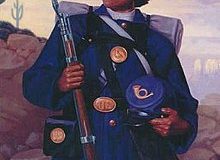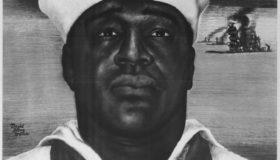The Tuskegee Airmen: Breaking Barriers and Soaring into History
March 22, 2025
During World War II, a group of pioneering aviators shattered racial barriers and changed military history forever. Known as the Tuskegee Airmen, these African American pilots and their support crews not only defended freedom overseas but also played a key role in the desegregation of the U.S. military. Their legacy of courage, excellence, and resilience continues to inspire generations.
Who Were the Tuskegee Airmen?
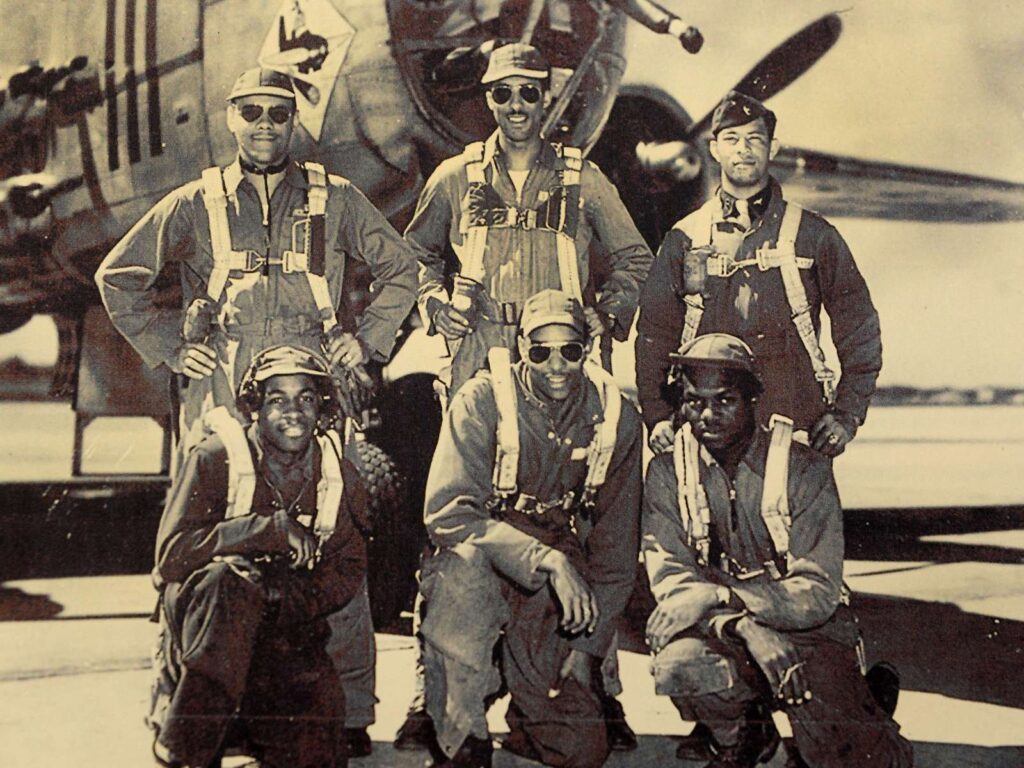
The Tuskegee Airmen were the first African American military pilots in the U.S. Army Air Forces. Before World War II, Black Americans were largely excluded from aviation roles. However, in 1941, the U.S. government established the Tuskegee Airfield program in Alabama to train Black pilots. This led to the formation of the 332nd Fighter Group and the 477th Bombardment Group—both composed entirely of Black pilots and crew members.
The program trained not only pilots but also navigators, bombardiers, mechanics, instructors, and support personnel, all of whom played a vital role in military aviation. Despite their rigorous training and undeniable skill, these men faced discrimination at every stage of their service.
Overcoming Discrimination and Proving Their Worth
From the beginning, the Tuskegee Airmen had to fight against racial prejudice and institutional barriers. Many military leaders doubted their abilities and resisted the idea of Black pilots in combat. Even after proving their capabilities, they were often assigned outdated aircraft and given non-combat roles.
But the Tuskegee Airmen refused to be sidelined. Through perseverance and skill, they proved their exceptional abilities in aerial combat. They ultimately became one of the most respected fighter groups of World War II.
The Impact of the Tuskegee Airmen in WWII
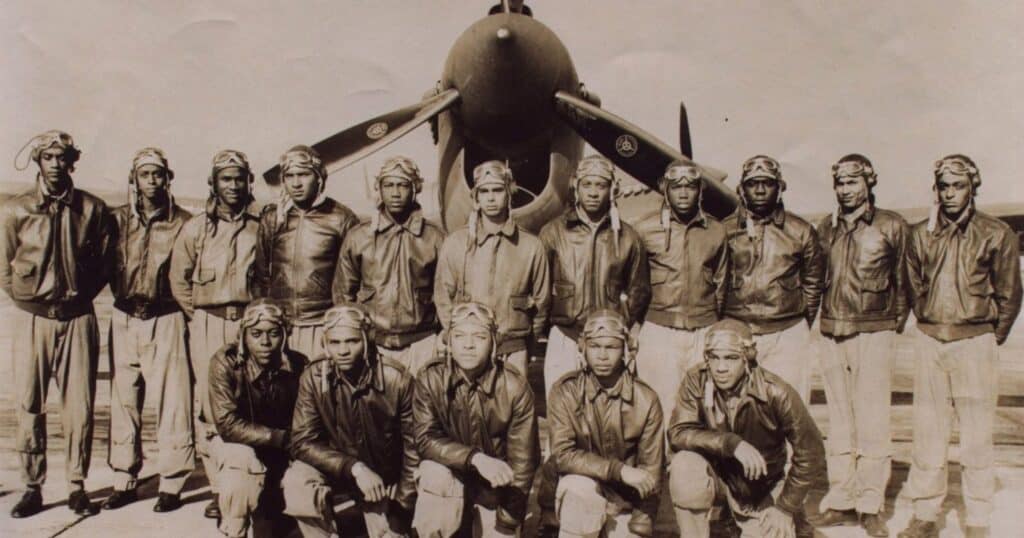
The Tuskegee Airmen flew more than 1,500 missions in Europe and North Africa, playing a crucial role in the war effort. Their most well-known contribution was escorting bombers, protecting them from enemy aircraft.
Key Achievements:
🎯 The 332nd Fighter Group earned a reputation for precision and skill in air combat.
🔴 They became known as the “Red Tails” due to the red-painted tails of their aircraft.
🏅 They received over 150 Distinguished Flying Crosses and numerous other commendations.
🛡️ Most notably, the Tuskegee Airmen had an unmatched record—they never lost a single escorted bomber to enemy aircraft, a feat few other squadrons could claim.
As trailblazers, they didn’t just win battles—they dismantled deeply rooted racial barriers in military aviation.
A Legacy That Paved the Way for Change
The courage and skill of the Tuskegee Airmen were instrumental in the desegregation of the U.S. military. In 1948, President Harry S. Truman signed Executive Order 9981, officially ending racial segregation in the armed forces.
After the war, many Tuskegee Airmen continued careers in aviation, education, and leadership, paving the way for future generations of Black pilots and military personnel. Today, their legacy continues through numerous honors, including:
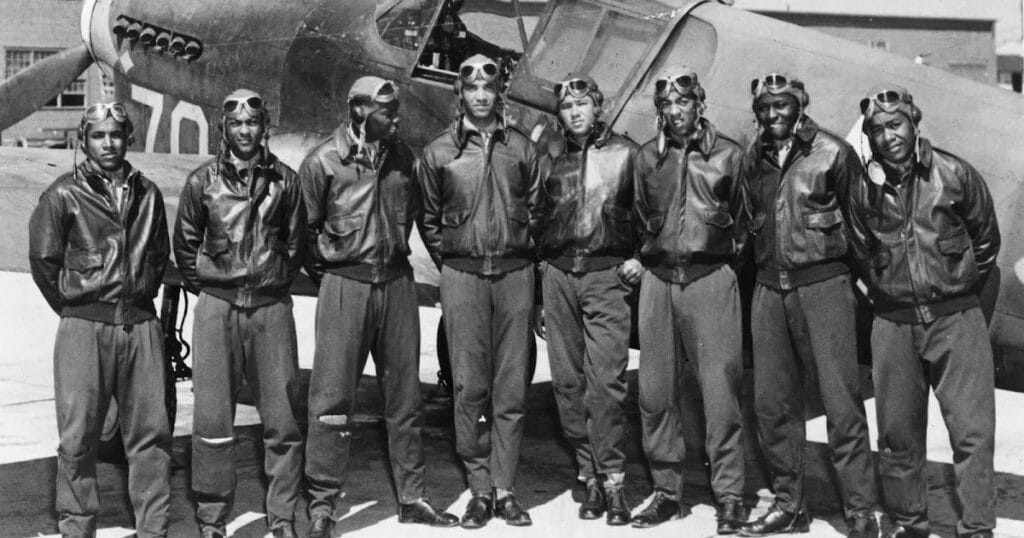
🏅 The Congressional Gold Medal, awarded to the Tuskegee Airmen in 2007.
📍 The Tuskegee Airmen National Historic Site in Alabama.
🎓 Scholarships and programs designed to increase diversity in aviation and the military.
Honoring the Tuskegee Airmen Today
The Tuskegee Airmen’s legacy is one of perseverance, excellence, and breaking barriers. As we remember their contributions, we can honor them by:
🏛️ Visiting museums and memorials dedicated to their history.
🎓 Supporting scholarships for aspiring African American pilots.
📚 Sharing their story to educate future generations about their impact.
The Tuskegee Airmen didn’t just change history—they inspired a movement toward equality and opportunity. Their story is a testament to the power of courage and determination, proving that barriers are meant to be broken, and excellence knows no color.
Learn more about the Tuskegee Airmen and other inspiring black leaders in military history in our previous blog here!
About the Author

Michelle Julazadeh Chavarin has been with Soldiers’ Angels since 2013, when she was hired as the sole member of the Marketing and Communications team. Today, she leads a dynamic group of employees, Skillbridge interns, Veteran interns, and contractors who work together to amplify the mission and impact of the organization.

